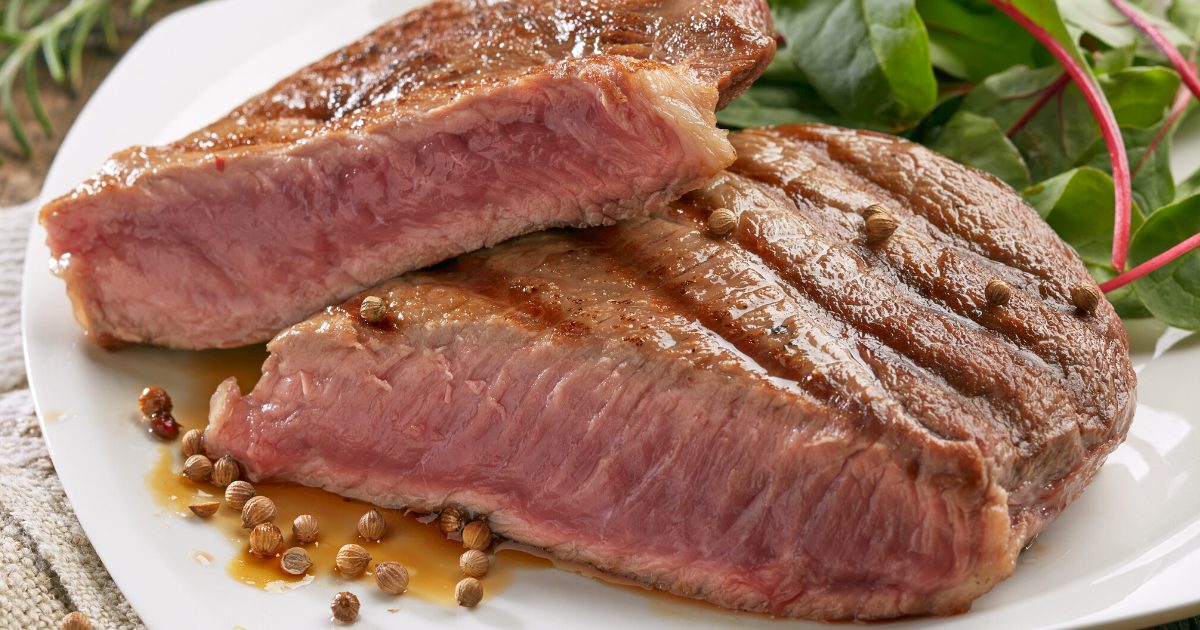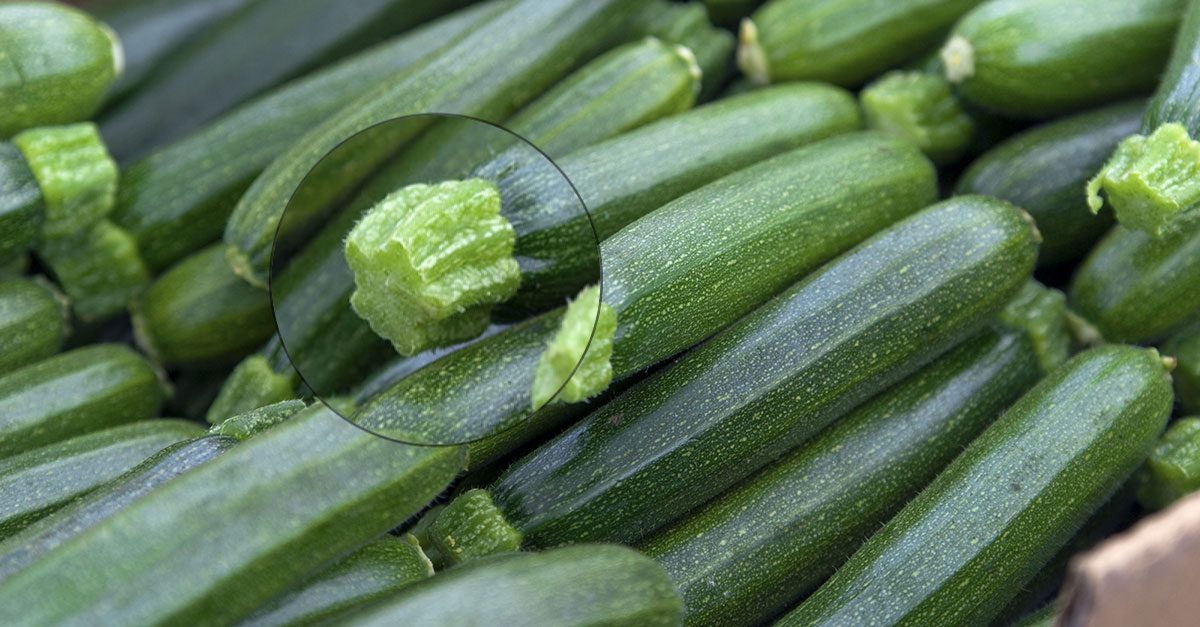The Perfect Guide To Buying The Best Salmon (Works Every Time!)
Do you love salmon but can't decipher which is fresh or best to buy in the grocery store? Well, this is for you. Just by simply observing physical features like color, texture and most importantly, the label, you can choose the freshest salmon on display. Here's a guide that is full of tips and the complete know-how of labels on salmons so that you can always buy right!
;Resize,width=742;)
Salmons are a must if you are vying to afford your family a healthy and filling meal – perfectly cooked with a side of greens or pasta and a rich tasty sauce!
There is, however, nothing that can beat using the fish when it is at its freshest. Typically, grocery stores put a label on salmon to help customers decide quickly.
However, we reiterate that nothing can beat expertise at choosing salmon just by mere observation yourself.
From here on, we are going to explain the common terms on the labels and what they actually mean. Best believe that that little scrap of paper contains mighty useful information thanks to a statutory ruling by the USDA!
1. Pacific Salmon

Salmons are found in two major bodies of water off the coast of the United States, the Atlantic and the Pacific. There are, however, five different varieties of Pacific salmon: the Coho/Silver, King/Chinook, Sockeye, Pink, and Chum/Keta.
2. Wild-Caught Salmon

This simply means that the fish was harvested from a non-controlled (wild) environment; for example, from a large ocean body or from freshwater.
3. Troll-Caught Salmon

These are also alternatively termed "line-caught" because they are indeed harvested using hook and line. They are, however, very expensive as they afford high quality and are almost always the freshest on the market thanks to a nitpicky inspection by the fishermen.
4. Organic

Salmon that are labeled organic are not USDA-certified – yet hopefully! So, there is Recalls very little known about the term.
5. Atlantic Salmon

As mentioned before, salmon are found in the Atlantic Ocean thus the term, "Atlantic salmon." Unlike those harvested from the Pacific ocean, however, there is only kind and they are now only farmed.
6. Wild Alaskan Salmon

This is also not a specific type of salmon with the term only accruing to where the salmon was found – off of the Alaskan coast.
The next set of terms are accrued to the fish processing and typically hint at how the fish was harvested or what additional procedure it may have undergone.
7. Fresh

Like the term “organic” above, this term is merely seen as a way to market fish. So, you may want to check the other features of the fish before buying.
8. Flash-Frozen

This label simply means the fish was frozen right after it was caught so that it remains at its freshest for as long as possible before consumption.
9. Sushi-Grade

This term simply means that the salmon is safe to be consumed raw. However, don't forget to clean it!
10. Color-added

This term only is ONLY used to label farmed salmon as wild salmon typically get their reddish hue from the carotenoids in underwater plants and algae while farmed salmon get their color from pigment in their feed.
11. Product of U.S.A.

These are salmons that are products of the USA through and through; you'll especially find this label on wild salmon, which is often caught in the US, but is sent to other countries for processing such as deboning and filleting.
Last but not least, we discuss two major terms of concern in the fish processing industry: "farm-raised" and "sustainably-farmed."
The Farm-raised Fish:
Whenever a fish specie is endangered in the wild, it is transferred to be raised in fish farms to ensure that the species don't go into extinction. You are sure to find this label on salmon; however, rest assured that it is safe to eat, is of good quality and is highly nutritious (contains more saturated fat than wild).
Sustainably-Farmed
This term remains a great topic of discussion amongst fish farmers all around the world. This is because it is of a widely-acclaimed initiative that poses no danger to the environment and prevents overfishing. The fishes are raised in a closed tank which limits their influence on the external environment.
Support this modern movement by purchasing them in your local grocery store!
;Resize,width=767;)
;Resize,width=712;)

;Resize,width=712;)
